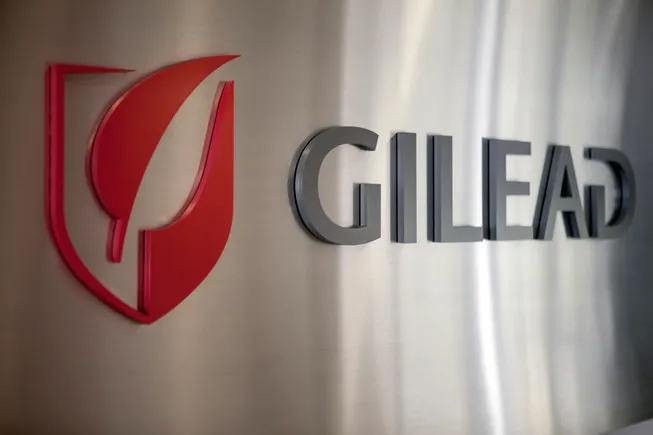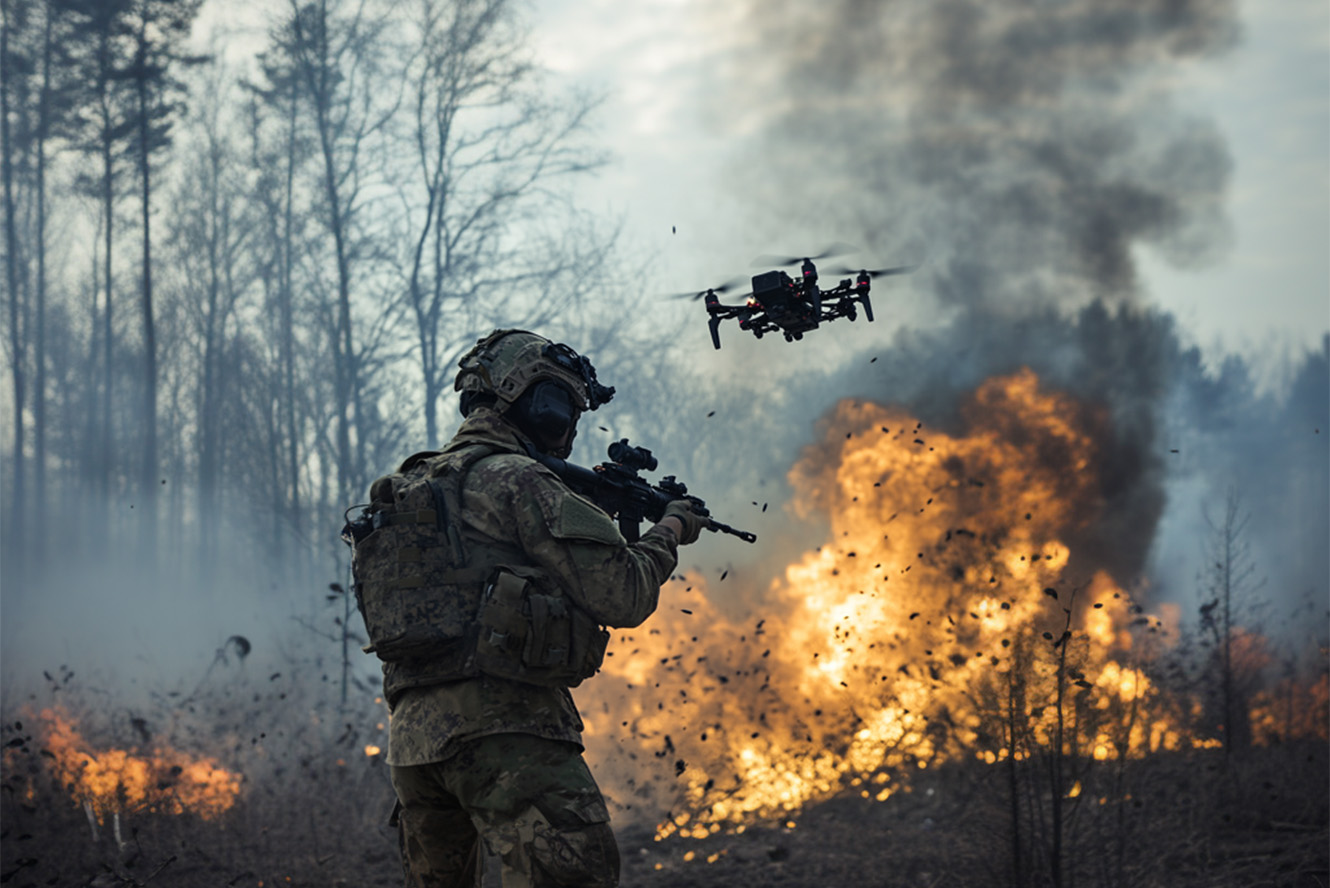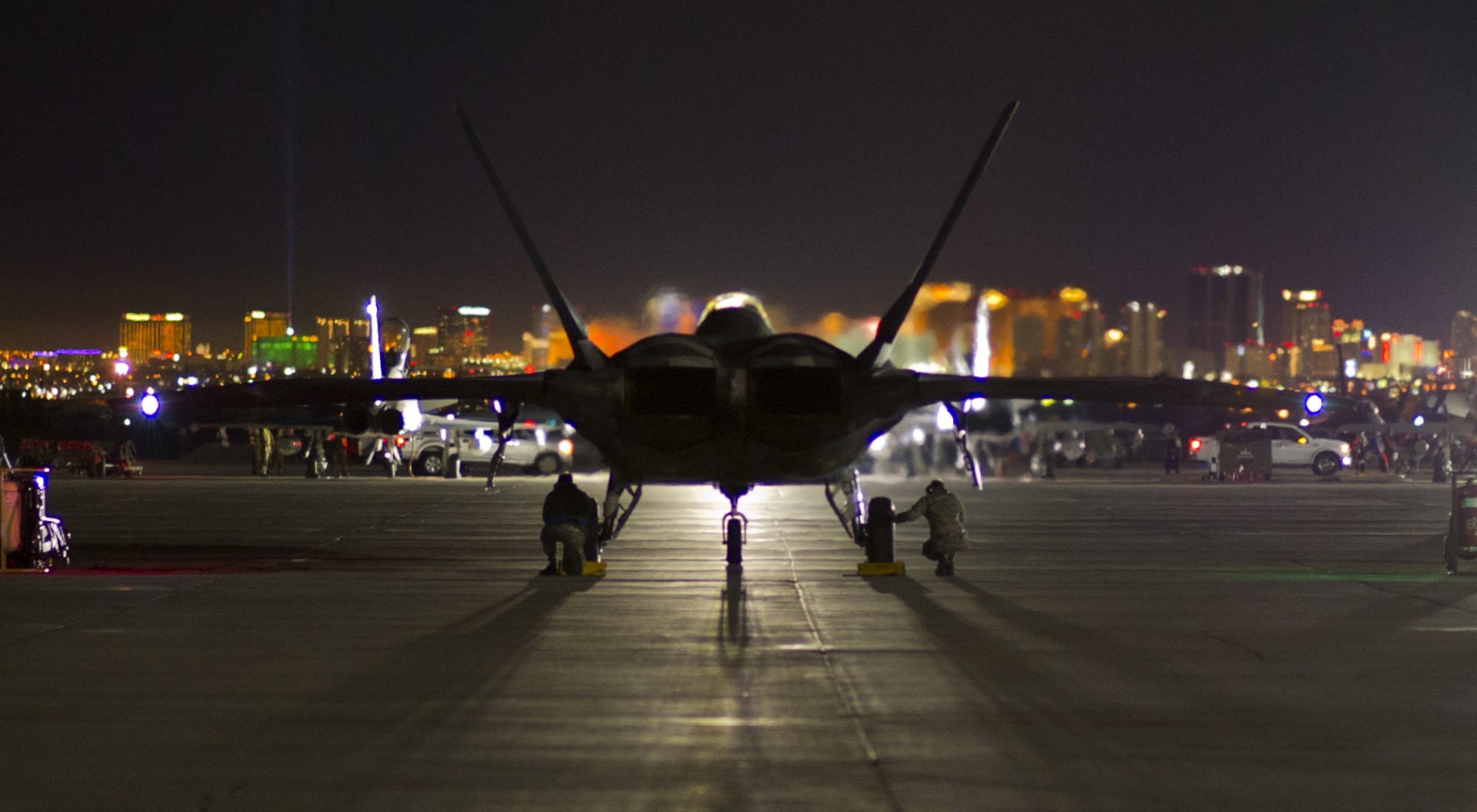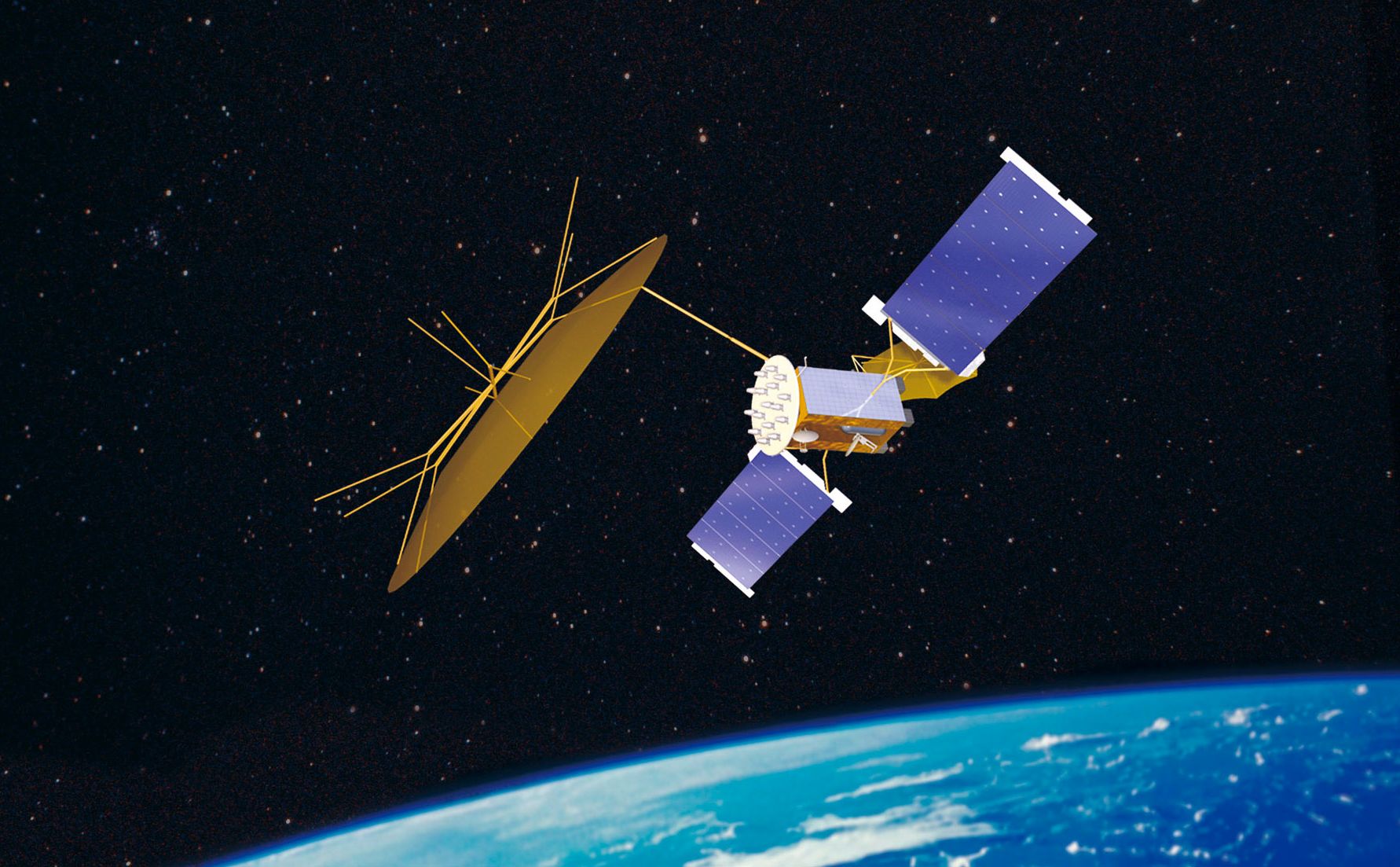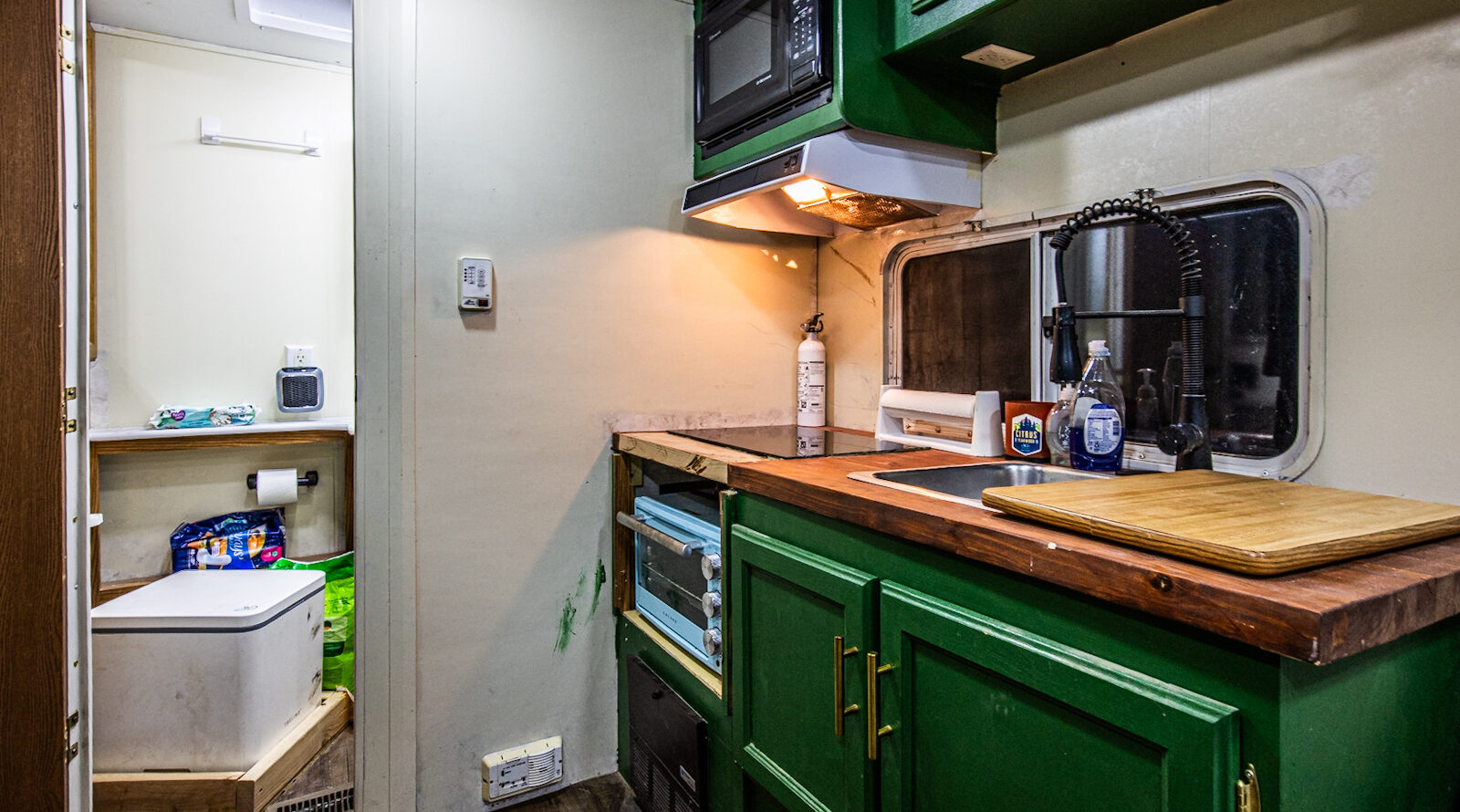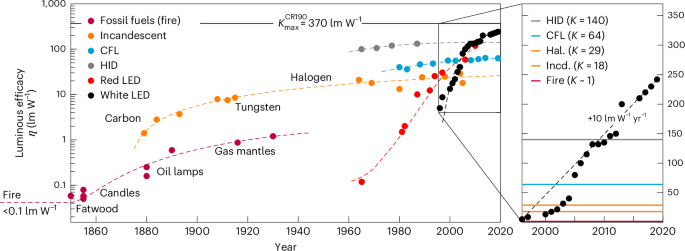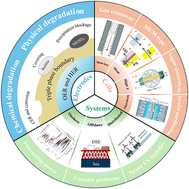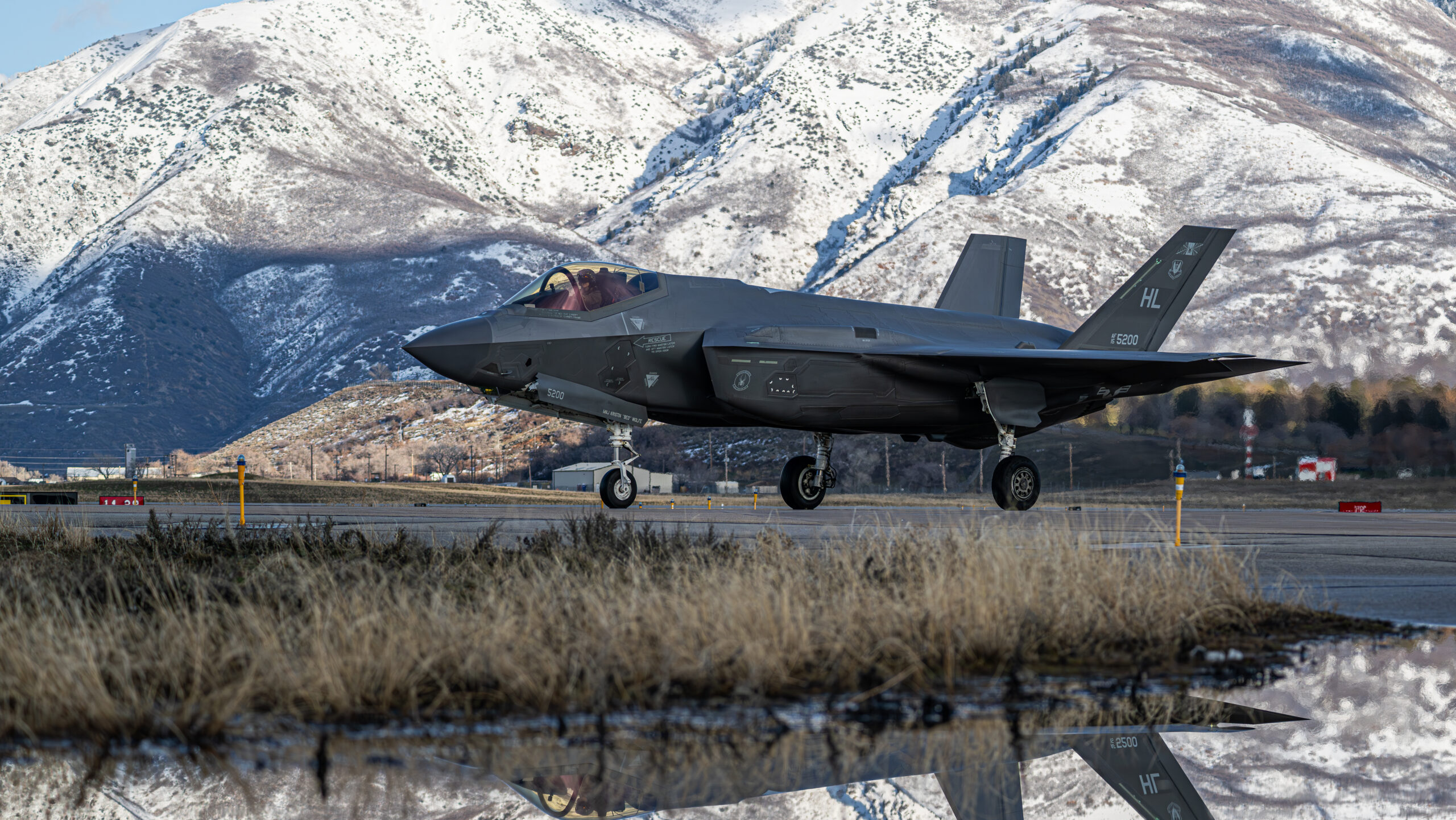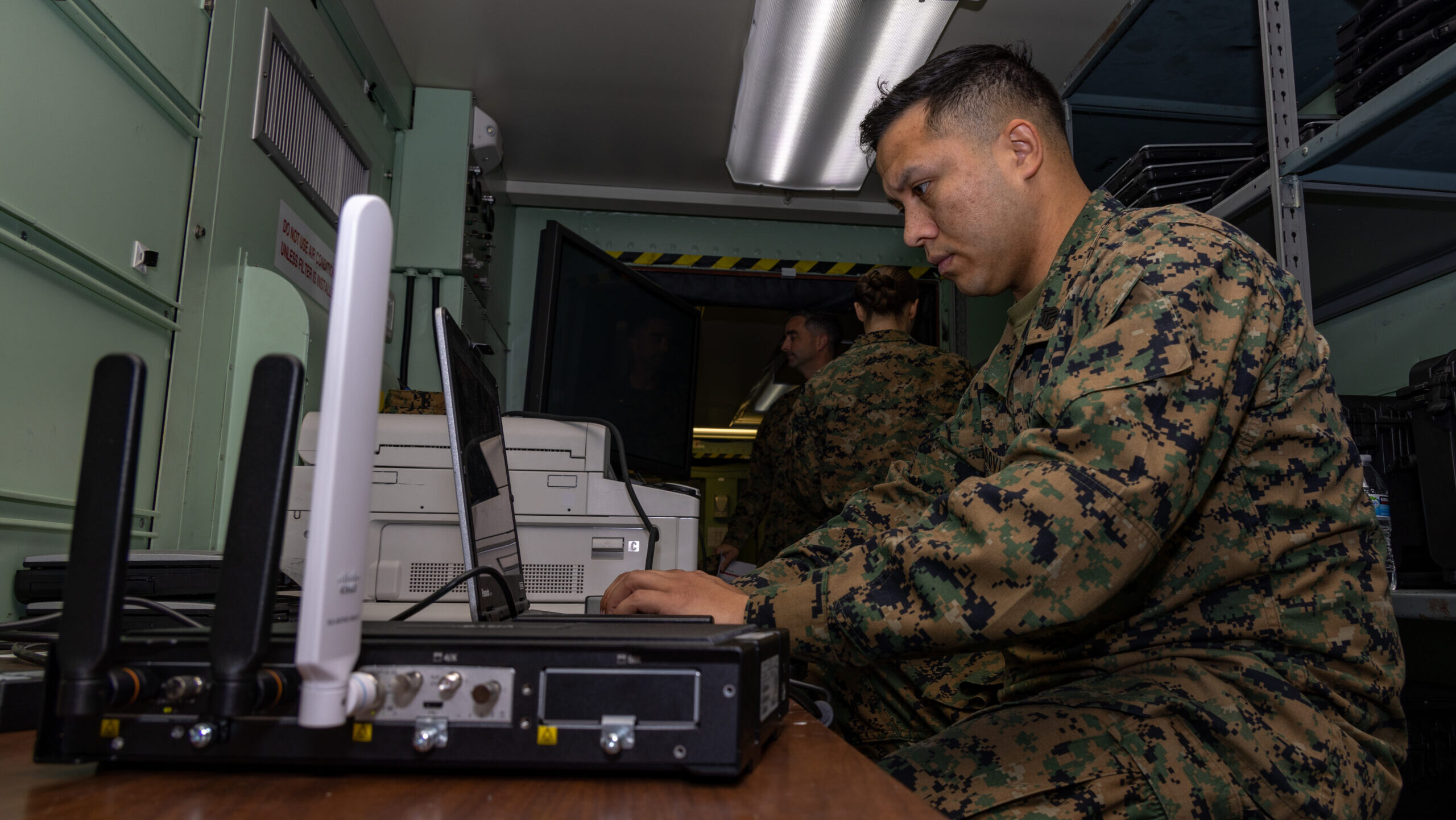Shipbuilding, Golden Dome and munitions win big as GOP unveils $150B bill to boost defense
HASC will take up the bill on Tuesday in a marathon markup session that will allow Democrats the opportunity to amend the measure.
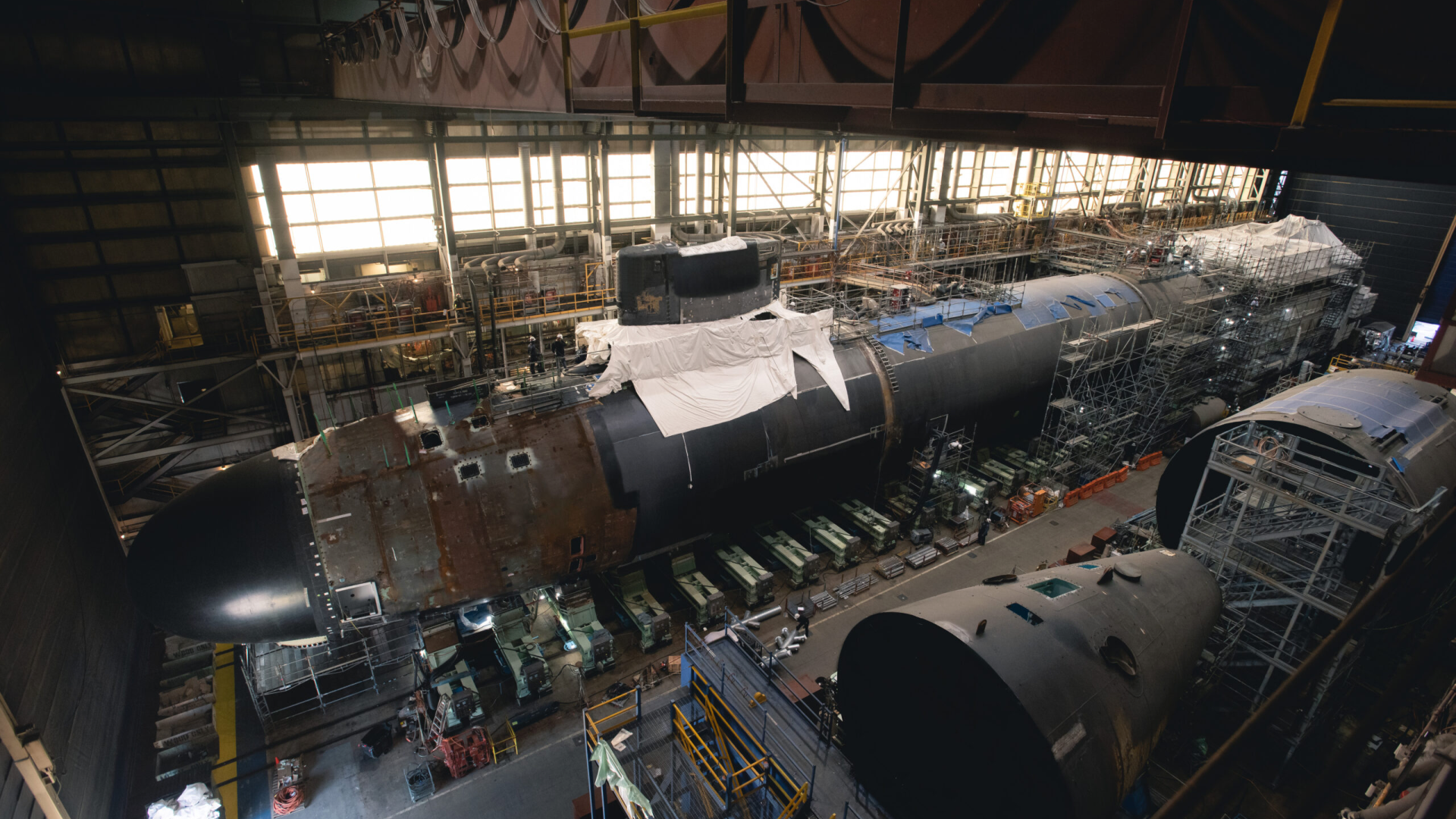

USS Massachusetts (SSN-798), the 25th Virginia-class fast attack submarine. under construction at Newport News Shipyard in Virginia in 2022. (photo courtesy Huntington Ingalls Industries)
WASHINGTON — Shipbuilding, the Golden Dome missile defense effort and munitions production were the big winners in the reconciliation bill put forward by the Republican leaders of the House and Senate Armed Services Committees, making up about half of the $150 billion investment.
The defense funding is one piece of what will become a larger package of spending increases and cuts in line with President Donald Trump’s priorities. Congressional Republicans plan to use a process called “reconciliation” to get the bill over the line without threat of a filibuster from Democrats.
“This legislation is a historic investment of $150 billion to restore America’s military capabilities and strengthen our national defense,” said HASC Chairman Mike Rogers, R-Ala. “America’s deterrence is failing and without a generational investment in our national defense, we will lose the ability to defeat our adversaries. With this bill, we have the opportunity to get back on track and restore our national security and global leadership.”
SASC Chairman Roger Wicker, R-Miss., called the bill a “generational upgrade for our nation’s defense capabilities, including historic investments in new technology.”
HASC will take up the bill on Tuesday in a marathon markup session that will allow Democrats the opportunity to amend the bill before it is sent to the House Budget Committee. During a background briefing last week, a senior congressional aide said SASC was not obligated to hold its own markup, but that the current plan was to have a markup that would allow minority members of the committee to weigh in on the bill.
HASC’s top Democrat, Rep. Adam Smith of Washington state, criticized Republican’s tactic of using the reconciliation process, calling it a “spending gimmick” that allows the GOP to beef up its own funding priorities while slashing Medicaid and the Supplemental Nutrition Assistance Program.
“While there may be bipartisan support for investing in defense spending that supports the quality of life of our service members and their families, readiness, innovation, and modernization, these investments should be considered through the normal authorization and appropriations process,” he said.
Here are the highlights of the pending legislation:
Shipbuilding
Shipbuilding came out as the big winner of the bill, with almost $33.7 billion designated to build new ships, construct unmanned vessels and ameliorate some of the shipbuilding industrial base’s challenges with attracting workers and modernizing infrastructure.
The bill includes $4.6 billion to build a second Virginia-class submarine in fiscal 2027 and $5.4 billion for two additional Arleigh Burke-class destroyers. It invests in amphibious ships, adding $2.1 billion for the San Antonio-class amphibious transport dock program and $3.7 billion for the America-class amphibious assault ships.
Lawmakers granted a $1.8 billion boost for the landing ship medium program, as well as an additional $160 million for advanced procurement, and $2.7 billion for T-AO oiler procurement. The bill also includes $600 million to lease or purchase new ships through the National Defense Sealift Fund and $695 million to implement a multi-ship amphibious warship contract.
In the area of drone ships, the bill adds $1.5 billion to expand small unmanned surface vessel production, $1.8 billion for medium unmanned surface vessel production, and $1.3 billion for unmanned underwater vehicle production.
For the shipbuilding industrial base, the bill adds $750 million for supplier development, $500 million to incorporate advanced manufacturing techniques, $500 million in additional dry dock capability, $450 million to apply autonomy and AI to the shipbuilding process, and $450 million for maritime industrial workforce development programs, among other initiatives.
Golden Dome
Trump’s Golden Dome missile shield was the second biggest recipient of cash, getting $24.7 billion to kick off the initiative, which will tie together already existing programs as well as new development efforts.
In the realm of “next-generation missile defense technologies,” the bill adds $7.2 billion for the development and procurement of space based sensors, $5.6 billion for space-based and boost phase intercept capabilities, $2.4 billion for non-kineitic missile defense capabilities and $2 billion for air moving target indicator military satellites.
To augment “layered homeland defense,” lawmakers include $2.2 billion to speed up the development of hypersonic defense systems, $1.9 billion for improved ground-based missile defense radars and $800 million for accelerated development and deployment of next-generation intercontinental ballistic missile defense systems.
RELATED: How Trump’s ‘Golden Dome’ upends four decades of nuclear doctrine
Munitions
Munitions — often a source of funding cuts for the Defense Department and Congress alike — picked up the third-biggest level of investment, with $20.4 billion spent among a long list of various weapons for the Navy, Army, Air Force and Marine Corps. The biggest winners included $688 million for the development and procurement of long-rang cruise missiles that will be able to be used by multiple services, $630 for the development and production of long-range air defense and anti-ship missiles for the Navy, and $500 million for maritime mines.
This pot of funds also included $4.5 billion in grant funding to shore up the munitions industrial base and $2.5 billion to improve US production of critical minerals. Lawmakers also added a further $1 billion to expand the one-way attack drone industrial base and $200 million for the solid rocket motor industrial base.
Scaling Up Production of Low-cost Weapons
A total of $13.5 billion goes to a laundry list of programs meant to bring more innovative, low-cost tech to the Pentagon, giving the Defense Innovation Unit $2 billion to scale up production of commercial technologies for military use and adding $1 billion “for the expansion of programs to accelerate the procurement and fielding of innovative technologies.”
Lawmakers hope to boost the industrial base for small drones by $1.1 billion and add $500 million to prevent delivery delays for attritable drones. It adds $1 billion for the development and procurement of low-cost cruise missiles and a further $500 million for low-cost cruise missiles that can be exported to allies and partner nations.
The bill includes $650 million for joint prototyping and experimentation activities performed by the Pentagon’s mission capabilities office, $500 million to accelerate the development and integration of 5G and 6G technologies, and $400 million for further development of the Joint Fires Network.
Nuclear Deterrence
Of the $12.9 billion included for programs associated with the nation’s nuclear enterprise, the biggest sum — a total of $4.5 billion — will go to accelerate the production of B-21 stealth bombers. The bill also includes $1.5 billion in risk-reduction activities for the troubled Sentinel intercontinental ballistic missile program, which is currently under review by the Air Force, and $500 million for improvements to the current Minuteman III ICBM system.
Lawmakers added $2 billion to accelerate the development and procurement of a nuclear armed sea-launched cruise missile — bolstering a program started in the last Trump administration amidst Democrat concerns. They also added $400 million to accelerate development of the Trident D5LE2 missile employed by nuclear submarines, $210 million for additional MH-139 helicopters used to patrol ICBM fields, and $62 million to convert existing Ohio-class ballistic missile submarines to be able to house additional missiles.
RELATED: America’s nuclear arsenal to cost $946B over next decade, government report reveals
Air Superiority
Tactical aircraft procurement and modernization received $7.2 billion, with the largest sum being an addition of $3.1 billion to increase F-15EX production.
Lawmakers boosted funds for next generation fighter and drone programs, including $678 million to accelerate the Air Force’s collaborative combat aircraft program and $400 million to speed up production of the service’s recently awarded F-47 sixth-generation fighter. The Navy, meanwhile, got $500 million to accelerate its own sixth-gen fighter, known as F/A-XX. Both services got a boost in funds for classified programs, with the Air Force receiving $300 million and the Navy receiving $230 million.
The bill adds $440 million to increase C-130J production and $474 million to increase EA-37B Compass Call production. It also includes $160 million to accelerate nacelle improvements for the V-22 Osprey tiltrotor aircraft.
The bill also includes $361 million to prevent the retirement of certain F-22s and $127 million to prevent the retirement of F-15E fighters.
Other key investments
Lawmakers set aside $11.5 billion to improve the readiness of the services, with money flowing to spare parts, depot maintenance and equipment for Special Operations Command. Meanwhile $11.1 billion went to activities associated with Indo-Pacific Command, including additional funds for exercises, improved infrastructure at INDOPACOM bases and military support for Taiwan.
To accelerate the Pentagon’s goal to pass an audit by the end of 2028 the bill spends $380 million, with funds broken out to improve business systems and start incorporating more automation in the department’s finance enterprise.
The bill also includes $9 billion for servicemember quality of life initiatives, $5 billion to augment personnel and logistics costs associated with US military activities at the southern border, and $2 billion for military intelligence programs.












































































